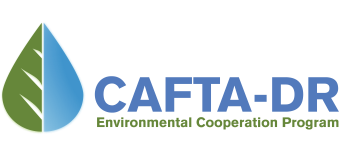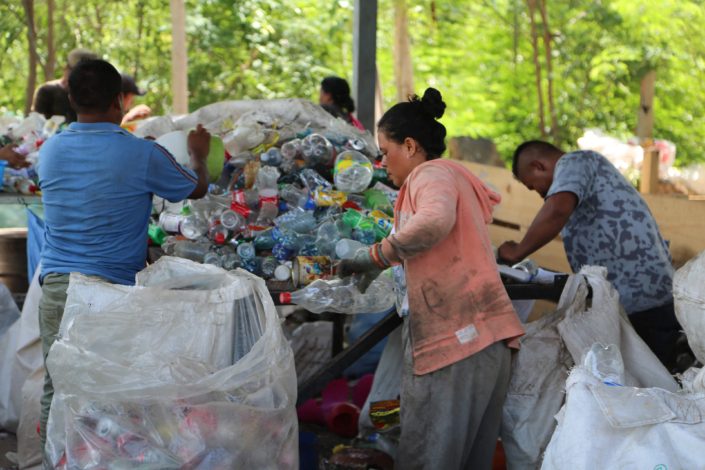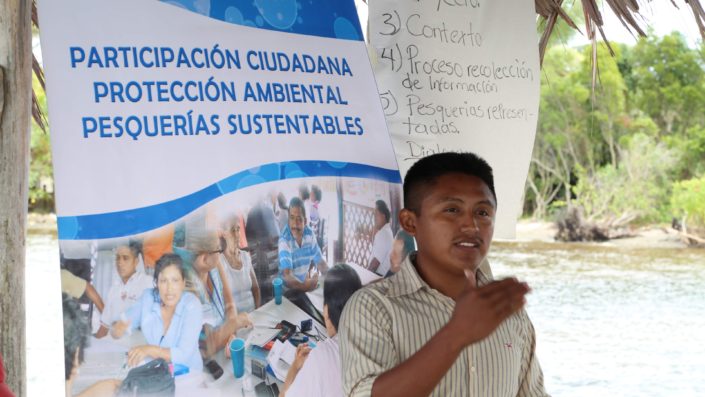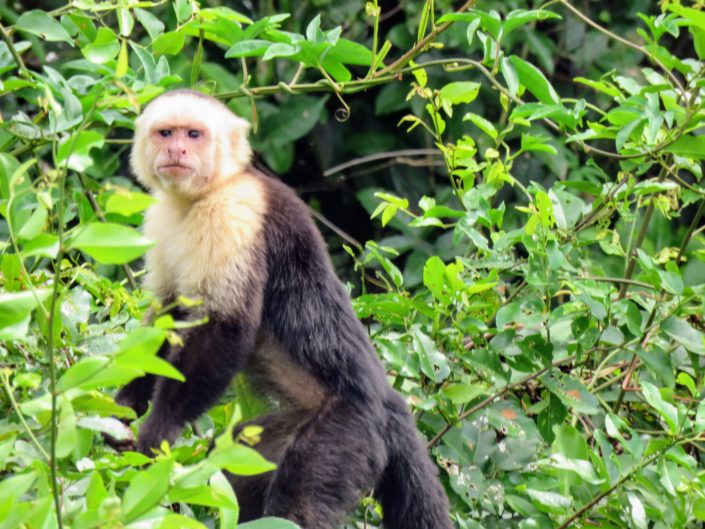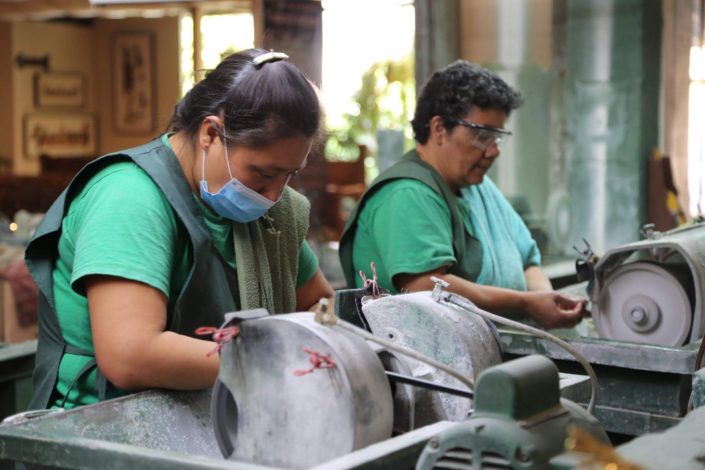The Environmental Cooperation Program promotes partnerships between local organizations, NGOs, the private sector, and government experts to support projects that include an array of economic growth activities that encourage conservation. Directly working with communities around protected areas positively influences the livelihoods of tens of thousands of individuals and demonstrates that free-trade agreements, environmental preservation, and income growth for the poor are complementary.

Sustained economic growth in CAFTA-DR countries depends on maintaining the health of their natural resource base and protecting the environment while simultaneously generating income for surrounding communities. Yet agricultural, forestry, and tourism practices often take place with little regard for the conservation and protection of natural habitats that support biodiversity and sustainable economic development.
Sustainable or ecotourism and sustainable agriculture, forest, and fishery product production present important opportunities to support economic growth, sustainable natural resource management, and environmental protection within protected areas, biological corridors, buffer zones, and other ecologically important ecosystems, including marine habitats.
The Environmental Cooperation Program promotes partnerships between local organizations, NGOs, the private sector, and government experts to support projects that include an array of economic growth activities that encourage conservation. Directly working with communities around protected areas positively influences the livelihoods of tens of thousands of individuals and demonstrates that free-trade agreements, environmental preservation, and income growth for the poor are complementary.

- During 2012, 375,000 metric tons of coffee, representing 4.5% of global production in the CAFTA‑DR region, was grown on RA-certified farms.
- Over 20,500 farms growing bananas, coffee and cacao in CAFTA‑DR countries were certified as of October 2013.
- Organic production processes benefited an average of 192 species living in cacao production areas, including highly endangered species.
- In 2013, improved management practices benefited nearly 200,000 ha of land used for coffee, cacao and banana plantations in CAFTA‑DR countries. This includes 44,745 ha of high biological significance, up 52% from the baseline.
- Over 1,700 students in 31 schools were made aware of market-based conservation issues, especially in cacao farms. A total of 613 children and producers signed a pledge committing to protect biodiversity on cacao farms.
- The vast majority of farmers selling coffee with the RA-certified seal earned an average premium of 8‑12 cents per pound of coffee.
- On average, 73% of RA-certified coffee growers received higher prices for their coffee, and 69% had better access to markets.
- RA-certified coffee, bananas and cacao grown in CAFTA‑DR countries achieved a retail value of US$ 2.5 billion, representing sales of 46,300 metric tons of certified coffee and cacao.
- The average value of loans for certified producers was US$ 5,562, compared to US$ 3,311 for non-certified producers.
- 2,115 new companies registered in Marketplace, and 652 new companies signed licensing agreements to use the RA-certified seal.
